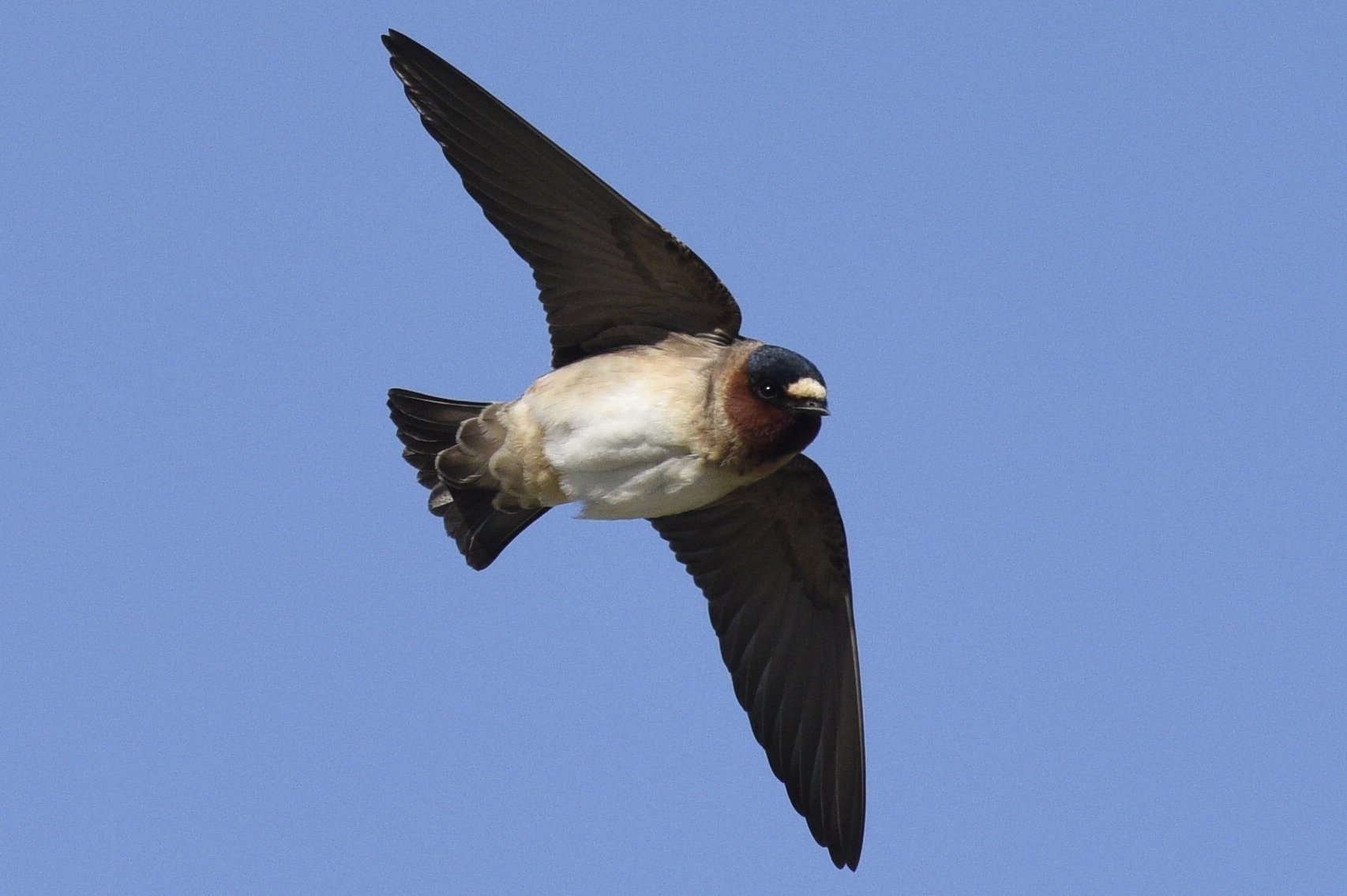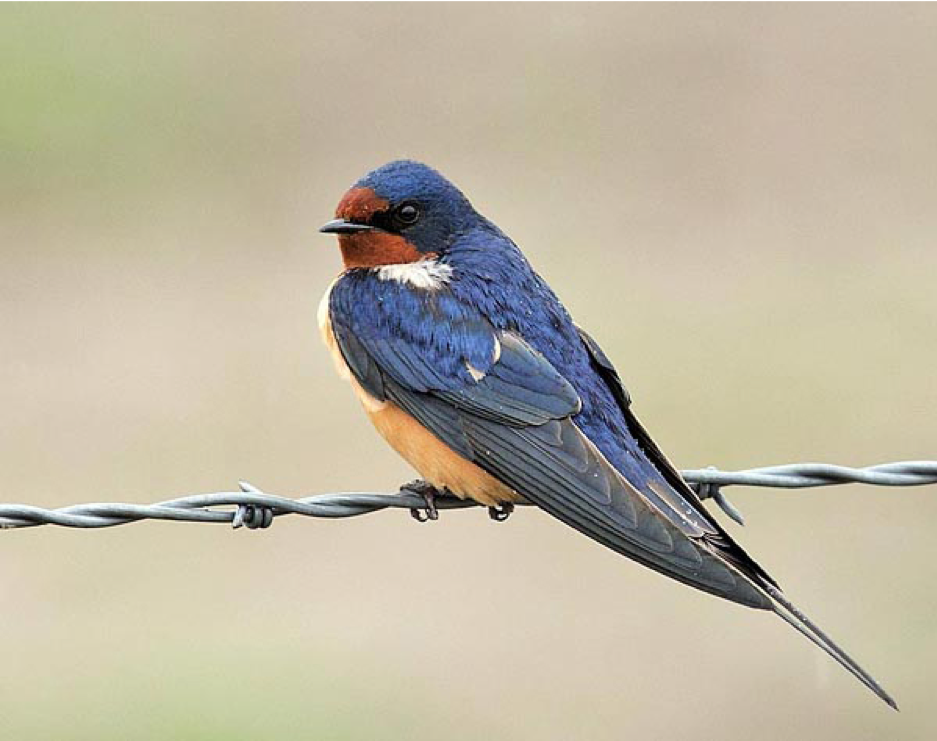
Addressing threats to declining swallows species at nesting sites with
simple, creative solutions, and sharing this information with the public.
Thank you for visiting Swallow Conservation. This website reports on decades of effort observing swallows and developing swallow conservation projects. Our work has primarily involved identifying factors interfering with breeding success at nesting sites and devising relatively simple techniques to mitigate these factors.
Many of the swallow species that breed in northeastern North America are experiencing population declines, so more recently we have taken what we have learned at our pilot sites and applied it at new sites.
In spite of factors other than habitat loss/habitat degradation affecting swallows and other aerial insectivores, we have found that by improving habitat at nesting sites, breeding success is positively affected at these sites.
Please explore the site to learn more about how you can help swallows!
Swallow Species Population Trends
Bank, Cliff and Barn Swallows have all been declining in Massachusetts since at least 1970. These declines are part of a more widespread decline of aerial insectivores (birds that catch insects on the wing, including swifts, swallows, nightjars, and flycatchers) across northeastern North America. We don’t know why these species are declining, but factors implicated are pesticides (on both breeding and wintering grounds), habitat loss, changes in insect prey abundance, and climate change to name a few.



